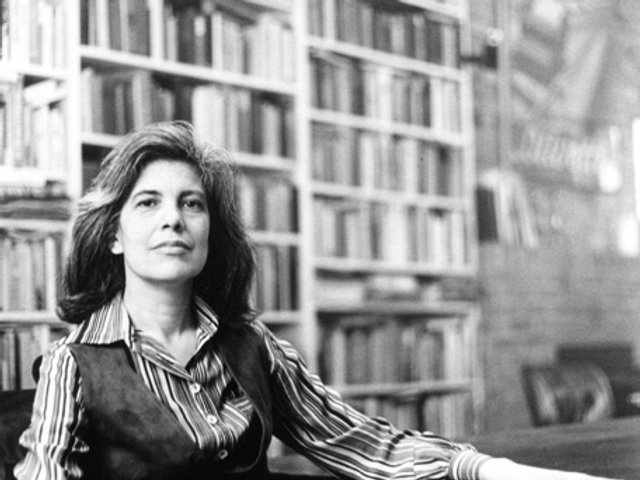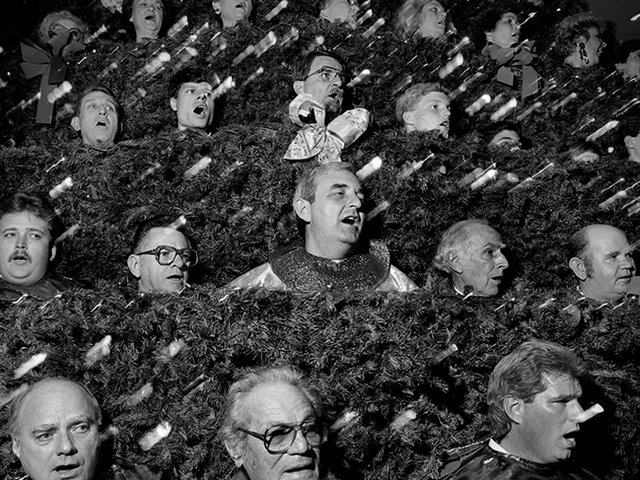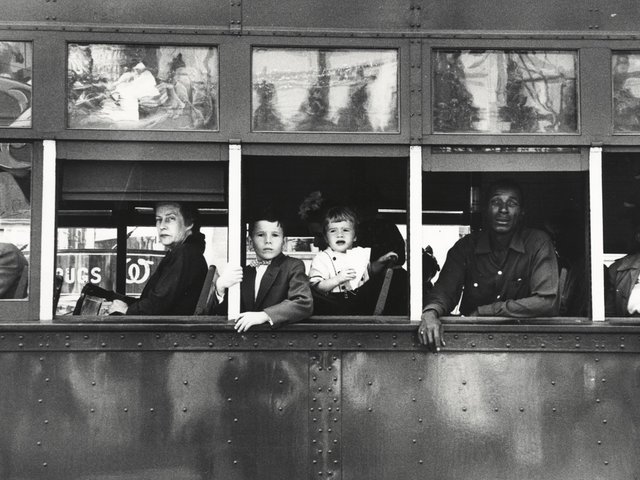The American Magnum photographer Alec Soth has been accused by Tonika Lewis Johnson, a Chicago-based documentary photographer, of copying her trademarked photography series for a New York Times commission.
Johnson, a 40-year-old black, female photographer and a life-long resident of Chicago's Englewood district, claims that Soth “clearly stole” from her long-term series The Folded Map Project—which she describes as “the embodiment of my entire life in Chicago”—for a photo essay he created for a New York Times article exploring inequality in the American city, published by the newspaper on 5 September.
When Johnson pointed to the similarities between the projects on social media, she quickly gained traction and support from photographers across the world, who called on the New York Times and Soth to recognise, cite and reimburse her.
Since publication, the New York Times’s article has been re-edited to include an editor's note calling on readers to recognise Tonika's project. It reads: “After publication of the photo essay, Times Opinion photo editors were alerted to Tonika Lewis Johnson’s work, which also addresses segregation and inequality in Chicago. We encourage readers to learn more about Ms. Johnson’s Folded Map Project.” The New York Times did not respond to our requests for further comment.
On Instagram, Soth responded by saying he was unaware of Johnson's project, but recognised the similarity between the two bodies of work.
On 7 September, Soth emailed Johnson directly to apologise, before writing on his Instagram: "I would like to acknowledge the work of Tonika Lewis Johnson and her The Folded Map Project.”
Soth further explained that on 4 May he was contacted by the editors of the opinion section of the New York Times. As part of the newspaper’s ongoing series exploring inequity in America, it commissioned Soth to shoot a photo essay in Chicago. Soth photographed in the city between 7 and 10 May, for which he received payment of $1,500. He was told his photographs would be published in the newspaper on 17 May, with an online photo essay to follow shortly after. “This was early in the pandemic, and my personal project had to be cancelled,” Soth wrote. “So I took the job.”
Soth’s images of Chicago were not published in the newspaper until 5 September. “Shortly after that, I started receiving messages about the similarity to The Folded Map Project,” Soth writes. “While I had no knowledge of Johnson’s work, I feel terrible for the offence I’ve caused. I apologise to Tonika Lewis Johnson and very much regret accepting this assignment.”
Soth pledged to donate his fee from the New York Times to The Folded Map Project, and also criticised the historic culture—almost a founding principle of documentary photography—of image-makers “parachuting” to different locales in order to dispassionately visualise communities distinct from their own experience.
“[Tonika Lewis Johnson’s] work is an example of long-term, committed work that is precisely what the world needs right now,” Soth wrote. "What it doesn’t need is photographers parachuting into complex situations for quick hits of content.”
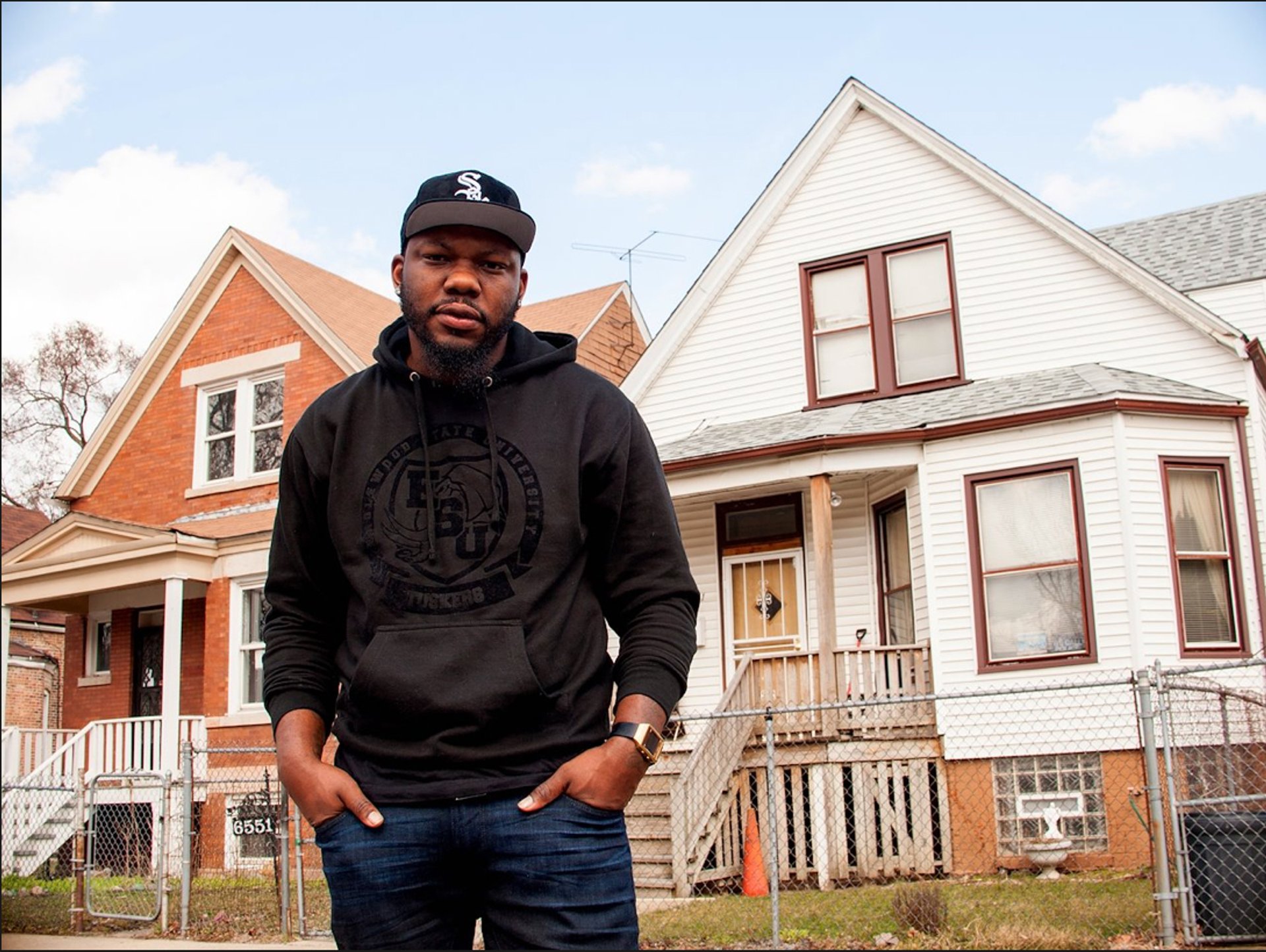
Maurice "Phatal" Perkins was raised 6500 South on Hermitage Street. His mother and family still lives there. From The Folded Map Project © Tonika Lewis Johnson, courtesy of the artist

John and Paula are Maurice's 'Map Twins' From The Folded Map Project © Tonika Lewis Johnson, courtesy of the artist
Speaking to The Art Newspaper, Johnson says: “I was in shock, because I knew that the concept was mine. Beyond the concept, the digital publication of it looked similar to my website for Folded Map as well.” As a young photographer, “a wish and a goal is to have my work featured in the New York Times,” she adds. “And it’s just taken a real twist.”
The Folded Map Project is a "multimedia visual exploration of what Chicago's historic segregation looks like,” Johnson says, which "visually connects residents who live at corresponding addresses on the North and South Sides of Chicago”. Soth’s work also sought to juxtapose Chicago’s most affluent and impoverished districts via street portraiture taken on the roads that span the length of the city. Johnson notes he used many of the same locations as she did in Folded Map.
In a public statement published after publication of this article, Soth says that he was asked to compare two neighbourhoods for the assignment: Streeterville and Englewood. "From what I can tell, Tonika Johnson’s work has nothing to do with Streeterville. Her work is about comparing two addresses, one on the North Side of Chicago and one on the South. Streeterville is downtown. Moreover, I wasn’t making side-by-side comparisons. My photographs were only arranged as pairs by the photo editors, but they aren’t linked as addresses."
Johnson views the story “as a contemporary version of what our country is actually struggling with.” She says she is seeking advice from her lawyer on whether any further case can be pursued. After The Folded Map Project was first exhibited in 2017, she was careful to create a website for the work and seek to trademark it.
“This situation is a nice snowball of all of these issues,” she says. “It reveals how our country has extracted resources, wealth and livelihoods, consistently and over time, from black people in America. It looks at journalistic integrity and structural racism in the media industry. It looks at infringements of ownership and race bias. I can’t help but see it as necessary for us all to talk about it.”While she “appreciated his public acknowledgement”, Johnson is keen for this to be a “teachable moment for us.”
Soth says in his statement that his photographs were meant to accompany a three-part series on American cities entitled The America We Need. He points out that the series includes the work of four other photographers—"the majority of the photographers, if not all, are white", he says. "That is embarrassing and inexcusable. All I can say is that this was 17 May; weeks before George Floyd and the wake-up call so many of us have felt."
Johnson says it is "problematic" that Soth did not know about her work. "But at least he said it, so we can identify the issue that needs to be solved. Since he didn’t know about my work, the next question is—why didn’t you know? Let’s talk about why you didn’t do proper, relevant research. Because, as a documentary photographer, I know you’ve done some research. You accept an assignment about a very serious topic for the New York Times, how did you not research? That’s what I’m going to hold him accountable for. Why did he minimise the research? Did you think you didn’t have to? Do you think it doesn’t matter? Since he wants to have an open discourse, which I appreciate, that’s what I want to know.”
Johnson notes that multiple articles written about her project are the top Google hits for any search including the words ‘Chicago’, ‘segregation’ and ‘photography’.
“You clearly typed in addresses to find the locations in Englewood,” Johnson says. “You did enough research to find the locations you wanted to photograph. I know my name comes up if you Google those locations. I live a few blocks down the street, and my project had a trajectory, so I know something came up. This is the conversation I want to have with him.”
“The article was about inequity in America," Johnson says. “Well, this is what inequity really looks like,” she says. “It’s nuanced, and it’s mostly psychological.”
In response, Soth says in the public statement that the "only informational link [the commissioning editors] sent was a Chicago Tribune story that inspired this project. If you Google 'Streeterville and Englewood' you will also see stories from the Chicago Sun Times, The Guardian, Chicago Public Radio and every network news station. Tonika Johnson’s name does not appear."
Soth adds that "another critical element of this story is Covid. Not only was it fundamental to the premise, it hugely impacted my photographic approach. Keep in mind this was early May. There were extremely few people outside. I drove to Chicago and was instructed not to photograph indoors and to keep my distance from anyone I met. This wasn’t a job about knocking on doors and doing thoughtful interviews. I was being hired to make visually compelling photographs about two neighbourhoods with vastly different life expectancies in the time of Covid. This is not what Tonika Johnson’s project is about."
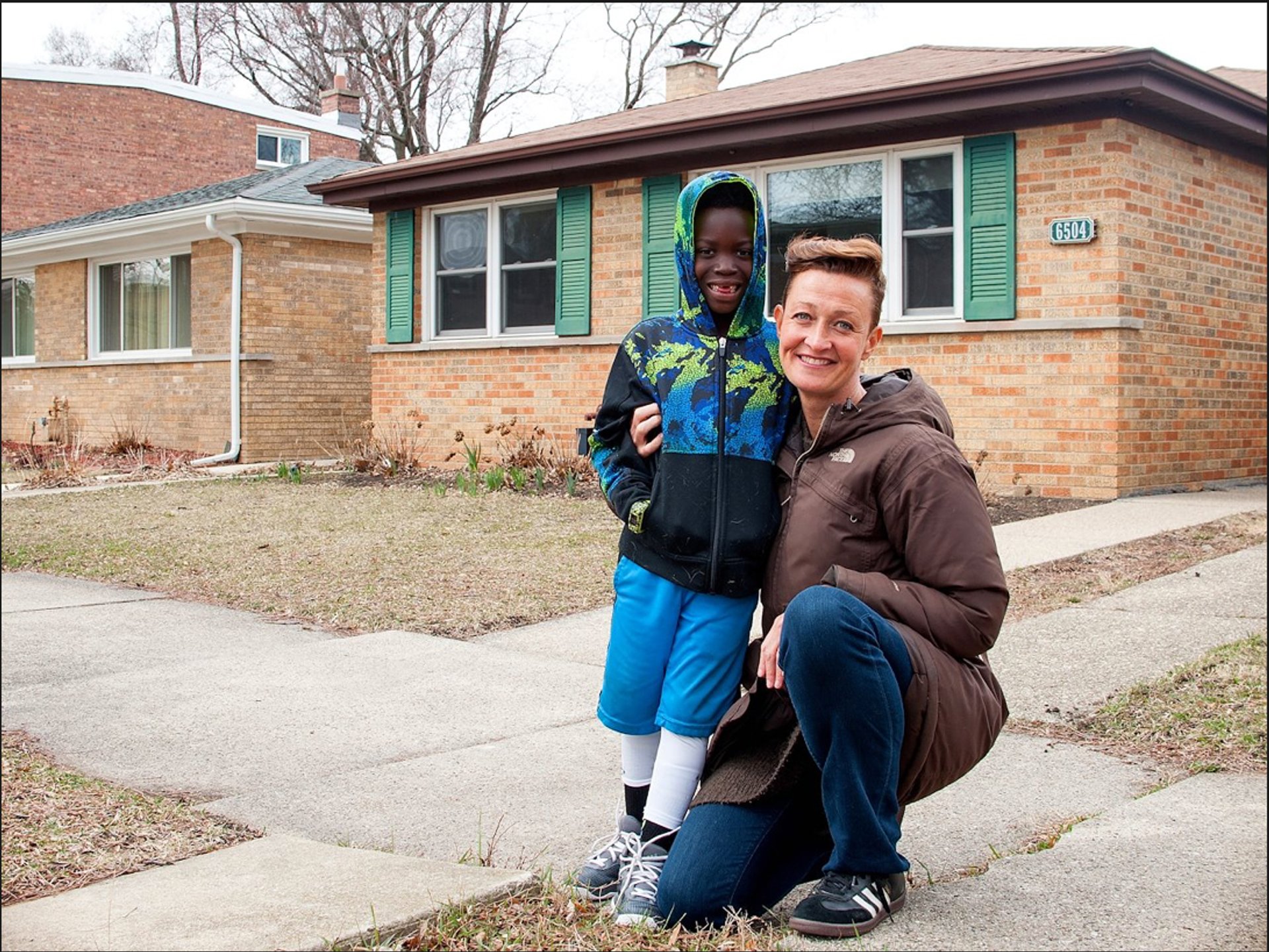
Brighid lives 6500 North on Winchester Street From The Folded Map Project © Tonika Lewis Johnson, courtesy of the artist

Carmen is Brighid’s ‘Map Twin’ From The Folded Map Project © Tonika Lewis Johnson, courtesy of the artist
The Art Newspaper was able to speak with Soth after our article was published. "I was absolutely not aware of [Johnson’s] work, I don’t know how I could be more clear about that," the photographer said in a phone interview. "I should have been. In a perfect world, it would have been nice if I figured it out, or if The New York Times alerted me to it. Were they aware of it? I have no idea. I have never worked with The New York Times’ op-ed page before. I have no relationship with them. I have no clue. So yes, in a perfect world, I would have been aware of it, and I’m sorry that I wasn’t. And I know how terrible it feels. I put myself in her shoes. I thought: 'Here I am. I’m committed to this work, I’ve worked on it forever. Boom—there’s a high profile story, New York Times, and it’s in the area I live and work.' Feeling upset about that, feeling like someone has walked on my turf and being upset—I understand that feeling and I understand that anger. And being a white man, at this moment, in history particularly, after everything that’s transpired, I understand how she felt. And I’m not criticising her for that at all. I have great empathy for her and great respect for her work. I really wish I had known about it. If I were asked by The New York Times to do the job now, I would have said no. And, frankly, I don’t think the New York Times would ask me now. For all the things I just mentioned. Things have changed. The unfortunate thing is it was published way after. I have to bear the brunt of that. And I will accept that."


